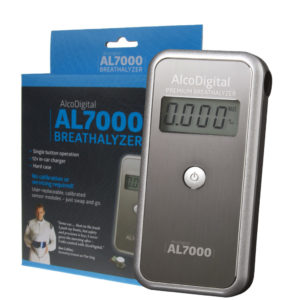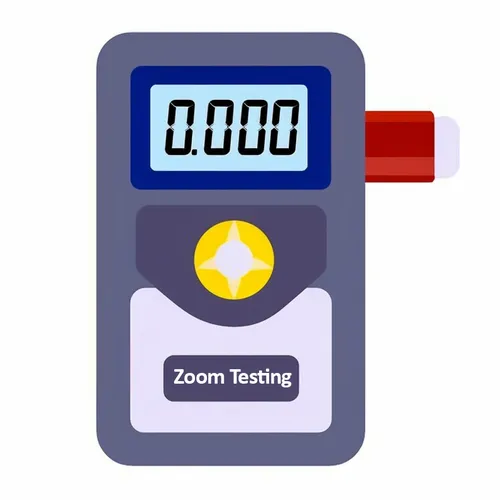Have you ever wondered how to properly use a breathalyser? Maybe you’re curious after seeing them at social events or restaurants. Or perhaps you want to be extra cautious and test yourself before getting behind the wheel. Whatever the reason, understanding breathalysers can give you peace of mind. So let’s dive right in!
How Alcohol Affects You
First, let’s talk about how alcohol moves through your body. When you take a sip, the alcohol gets absorbed into your bloodstream through your mouth, throat, stomach, and intestines. The more you drink, the higher your blood alcohol concentration (BAC) will be.
Around 90 minutes after your last drink, the alcohol is evenly distributed. Your liver breaks down about 90% of it into water and carbon dioxide through a process called oxidation. The remaining 10% gets expelled through your lungs and kidneys. Your liver metabolises alcohol at roughly one drink per hour. But factors like your weight, metabolism, and if you’ve eaten can affect this rate.

Using a Breathalyser: The Basics
Now let’s get into actually using a breathalyser. The first step is to carefully read the manufacturer’s instructions. These will explain exactly how to interpret the results for your specific device.
When you’re ready to test, take a normal breath and blow steadily into the mouthpiece for as long as it takes to get a reading. Don’t blow too hard or too soft – aim for a casual exhalation, like you’re sighing. If you run out of breath before seeing the result, ease up slightly on the pressure.
Different makes and models will give readings in different units – either milligrams per litre of breath (mg/L) or as a percentage of blood alcohol concentration (%BAC). In most countries, the legal limit for driving is 0.08% BAC. But be aware the limit may vary if you’re traveling abroad.
Tips and Cautions
For accurate results, there are some key things to keep in mind:
- Don’t test within 10 minutes of drinking. The high alcohol levels in your mouth can damage the sensor.
- Don’t test within 90 minutes of your last drink. Your BAC levels can keep rising for up to 1.5 hours after drinking as the alcohol continues absorbing into your bloodstream.
- Leave at least 3 minutes between tests, and no more than 10 tests per hour. Too many in quick succession can build up condensation and temporarily affect accuracy.
- Don’t use the breathalyzer after using mouthwash, cough medicine, breath spray, or smoking. The chemicals can give false positives.
- Don’t eat ripe fruits or blow into the device within 30 minutes of eating. Food particles can skew the results.
- Test in a well-ventilated area away from smoke or strong odours. Contaminants in the air can interfere with the sensor.
- Take normal breaths before blowing into the mouthpiece. Don’t test if you’ve been breathing rapidly, like after exercise.
Following these tips will help ensure accurate, reliable readings.
Maintaining Your Device
To keep your breathalyser in top shape, periodic recalibration is a must. Semiconductor and fuel-cell based models should be recalibrated by the manufacturer every 12 months. It’s just like getting your car serviced annually. Over time, the sensors can start to drift, making results less precise. Proper maintenance keeps your device working as it should.
Put Your Mind at Ease
Using a personal breathalyser takes the guesswork out of monitoring your BAC levels. But only if you follow the proper procedures! Keep these guidelines in mind and you’ll always know when it’s safe to get behind the wheel. Cheers to responsible drinking and a little more peace of mind!
Photo by Anthony Cunningham for Zoom Testing
Zoom Testing is a leading UK drug testing company and a supplier of Drug Test Kits.





